Aloha and welcome, everyone ❤️
Today, I want to share something truly special with you — one of my favorite treasures of authentic Niʻihau shells, the beautiful Momi shells (モミ シェル). If you’ve ever admired the gentle glow of Niʻihau shell jewelry (ニイハウ シェル ジュエリー), chances are you’ve already seen Momi shining quietly inside earrings, bracelets, or even full lei. They’ve been loved for generations here in Hawaiʻi — not just for their beauty and strength, but for the soft, warm way they seem to hold a little bit of aloha inside every piece.

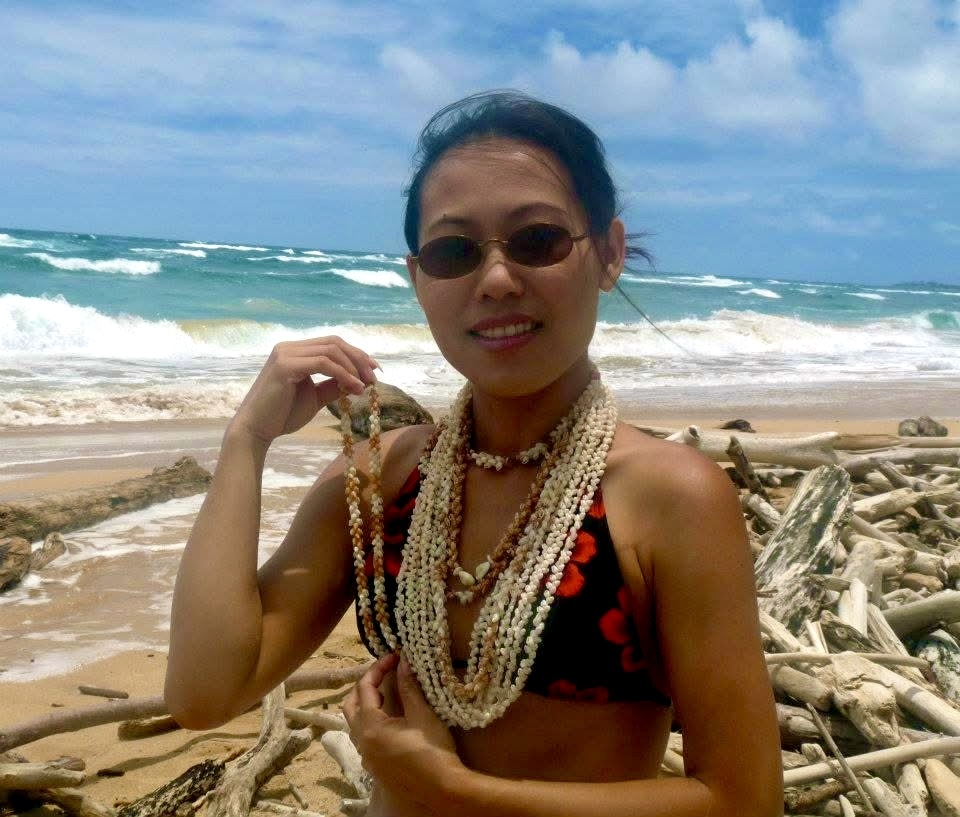
The Hawaiian word momi means “pearl.” But to Hawaiians, that word carries a deeper meaning than just how something looks. In Hawaiian culture, pearls represent something rare and precious — something to be cherished. So when we call these shells momi, it’s not just because they shine like pearls… it’s because they feel like pearls — graceful, timeless, and full of life.
If you’re curious about their “sister shells,” you can take a peek at my earlier blog on Kahelelani shells — the tiniest of all authentic Niʻihau shells, often used right alongside Momi in my jewelry designs.
Why Hawaiians Call These Shells Momi
In Hawaiian, words don’t just describe — they tell a story. The name momi, meaning “pearl,” reflects the essence of these shells rather than their color. It speaks to the beauty, purity, and worth they carry, just like a real pearl.
Even though Momi shells come in so many shades — creamy white, golden yellow, soft pink, deep brown, even a touch of blue — they all share the same smooth, glossy glow. Early Hawaiians saw that shine and instantly recognized something familiar in it: the gentle light of a pearl. So the word momi honors that shared beauty — the inner light that lives in every shell.
Hawaiian is such a poetic language, full of layers and feeling. When Hawaiians named these shells momi, they weren’t only thinking of color; they were honoring the spirit — the mana — within. Over time, new words were added to describe the different colors, giving us names like Momi Keʻokeʻo (white), Momi Lenalena (yellow), Momi ʻŌnikiniki (spotted), and Momi ʻŪliʻuli (blue-gray).
Each color carries its own story, but momi remains the heart of them all — a reminder that no matter the shade, every shell is precious and full of grace. ✨
What Do Momi Shells Look Like?
If you hold a Momi shell in your hand, you’ll notice how tiny yet strong it feels. They’re small, oval to teardrop in shape, with a smooth, glossy surface and a slightly pointed tip at the top. Compared to Kahelelani shells, they’re sturdier and fuller, with a shape that gives them that “tiny pearl from the sea” look.
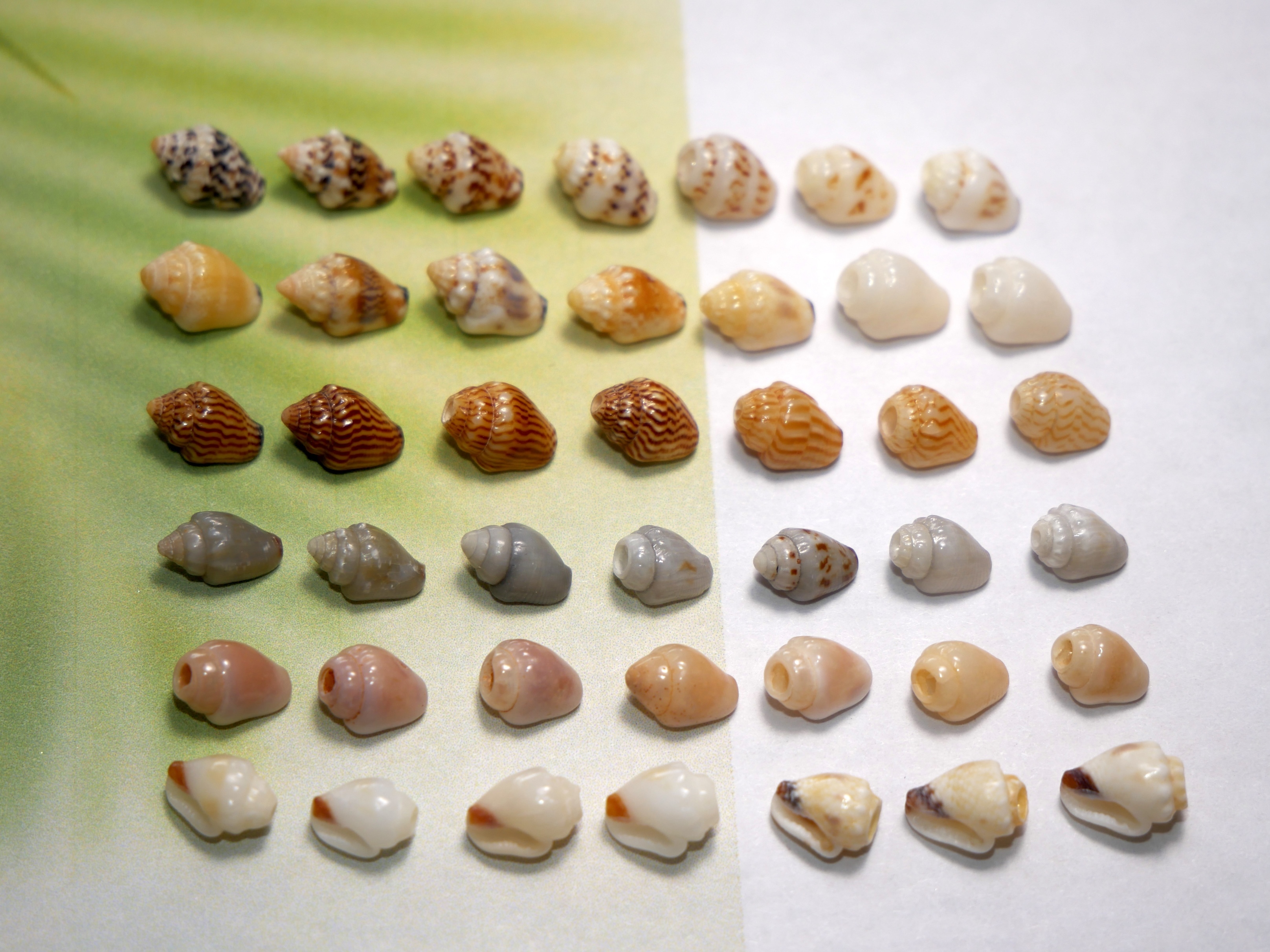
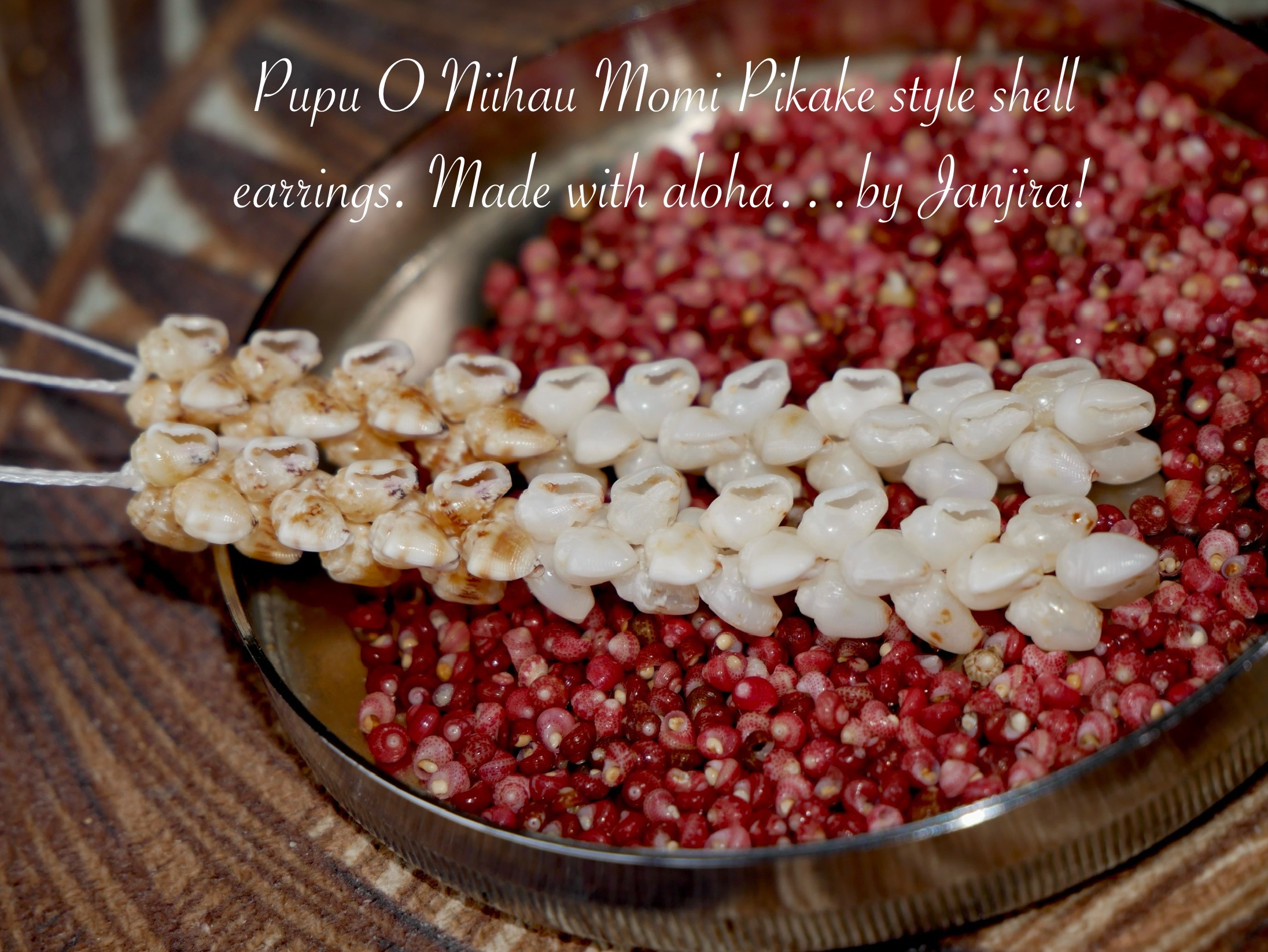
Some are silky smooth, while others have faint stripes or little freckles — each one unique, like it has its own personality. Their colors can range from pure white to buttery yellow, soft pinks, or deeper earth tones. And once in a while, you’ll find a rare blue one that looks like it’s been kissed by the ocean.
When these shells are strung into Pikake-style earrings or lei, they create a soft, round flow that feels alive. You can see this gentle rhythm in my Momi earrings collection — every piece shines differently, depending on how the light catches the shells.
A Peek Into Their Science
Behind their beauty lies a quiet, living story. Momi shells come from tiny marine snails in the Dove Shell family (Columbellidae), living in shallow coastal waters tucked among rocks and coral. They grow slowly, building their shells layer by layer while grazing on microscopic algae and biofilm.
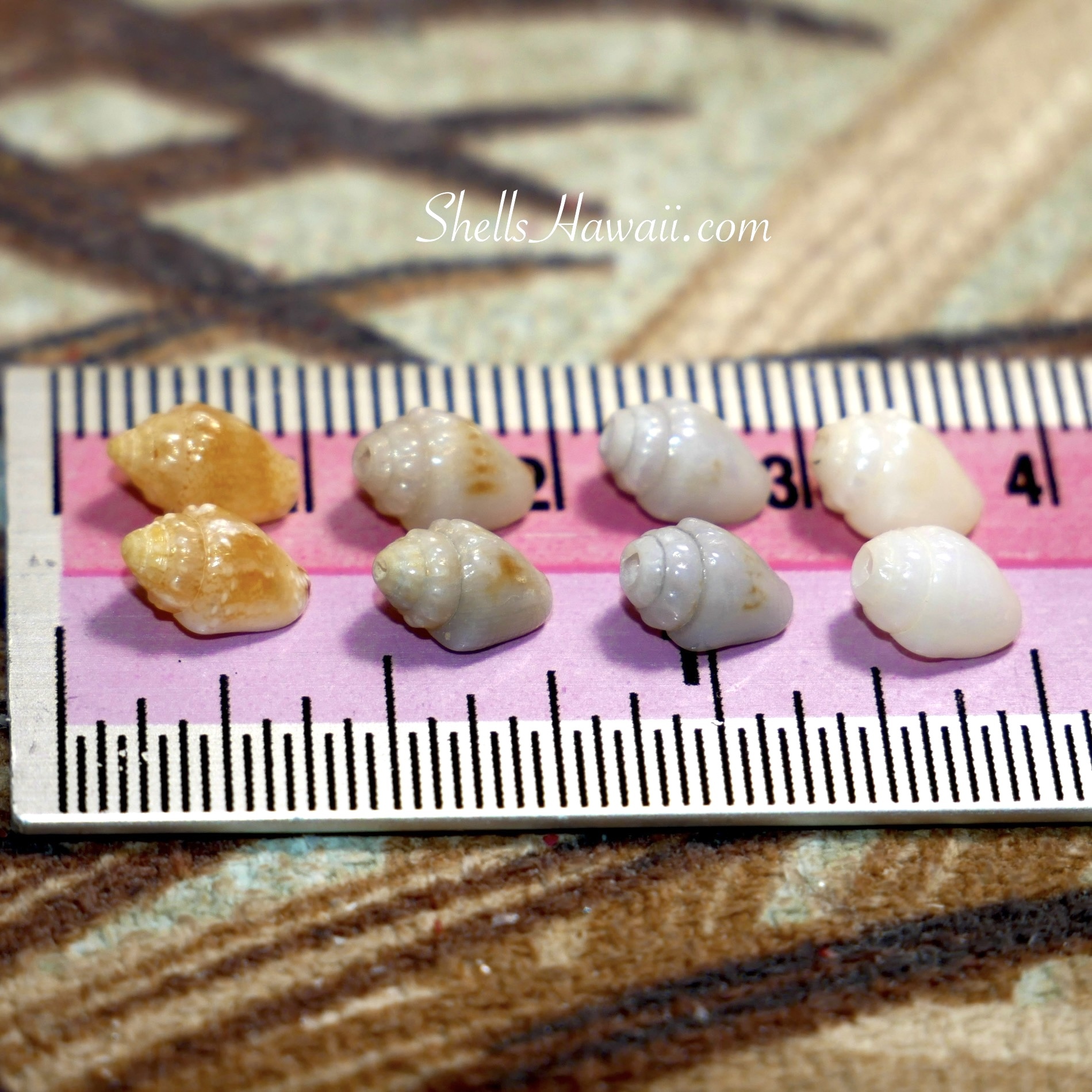
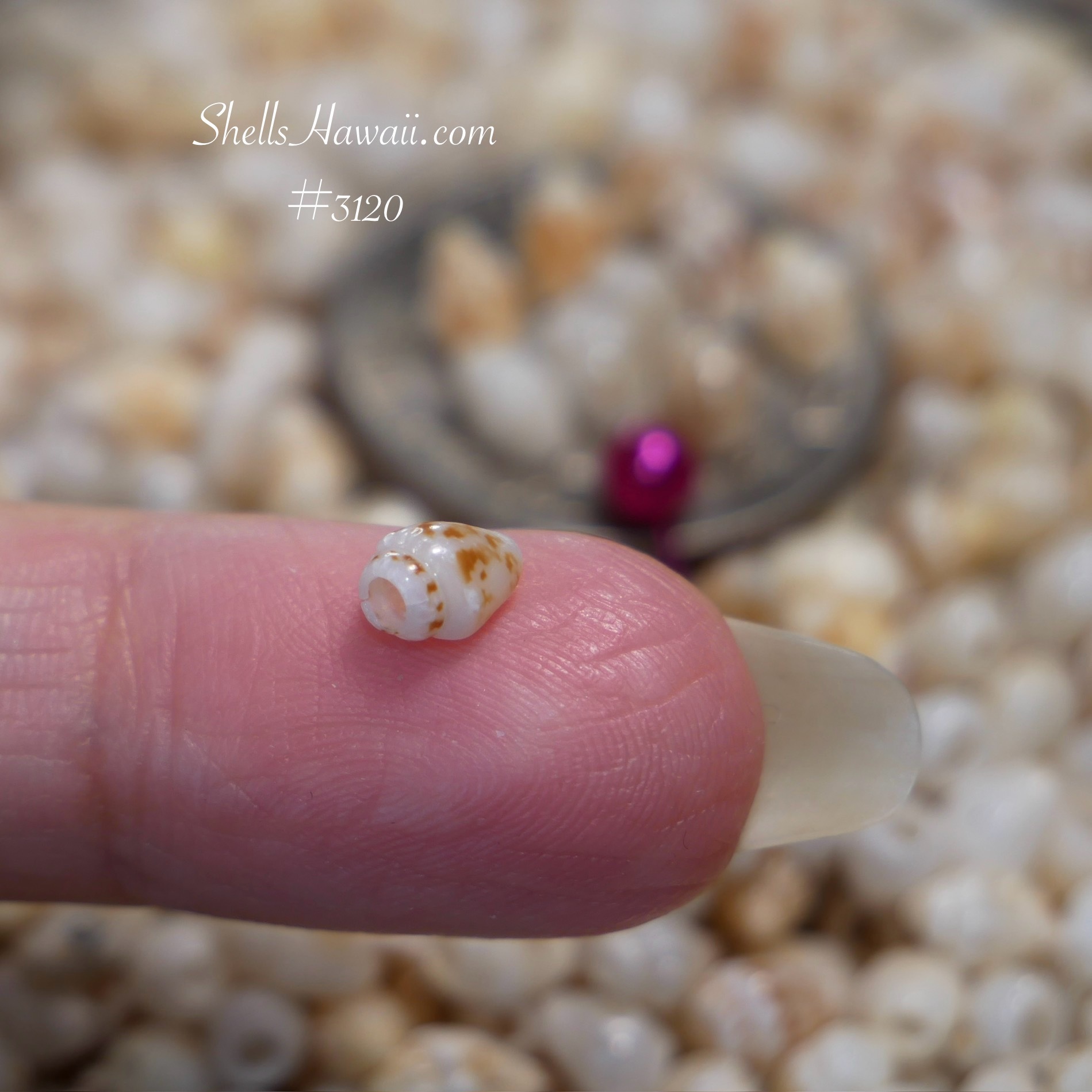

Their colors and glow are shaped by their surroundings — the water, minerals, and even what they eat. That’s why no two Momi shells ever look exactly the same. Sorting through them is always an adventure for me because every single one feels like a one-of-a-kind little treasure.
After you finish reading, you’re always welcome to browse my loose shell supply or take a look at my finished creations. You might find something that speaks to you — or maybe even an idea for your own jewelry project ✨. Every shell has a story, and every picture teaches us something new.
The Beauty and Spirit of Momi Shells
The name momi — meaning pearl — couldn’t be more fitting. These shells are treasures of the sea: graceful, glowing, and deeply tied to Hawaiian culture. In Niʻihau shell jewelry, they bring both beauty and strength, weaving together tradition, patience, and aloha in every strand.
Momi shells can be found on many of Hawaiʻi’s islands — Kauaʻi, Oʻahu, Maui, the Big Island, and Molokaʻi — but those from Niʻihau are especially loved. They have that unmistakable luster, a beautiful range of colors, and a natural size variety that makes them perfect for intricate, detailed jewelry.
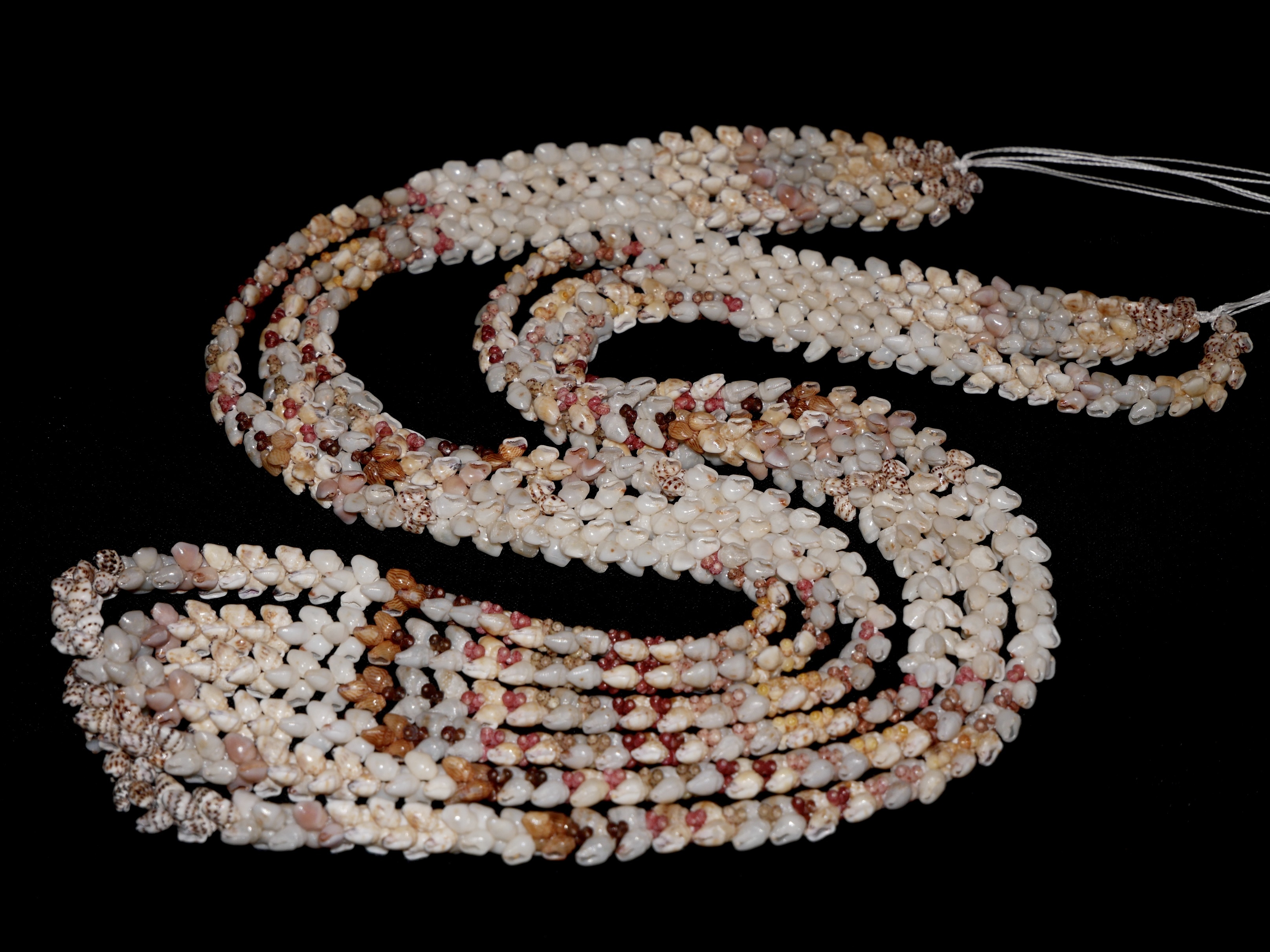
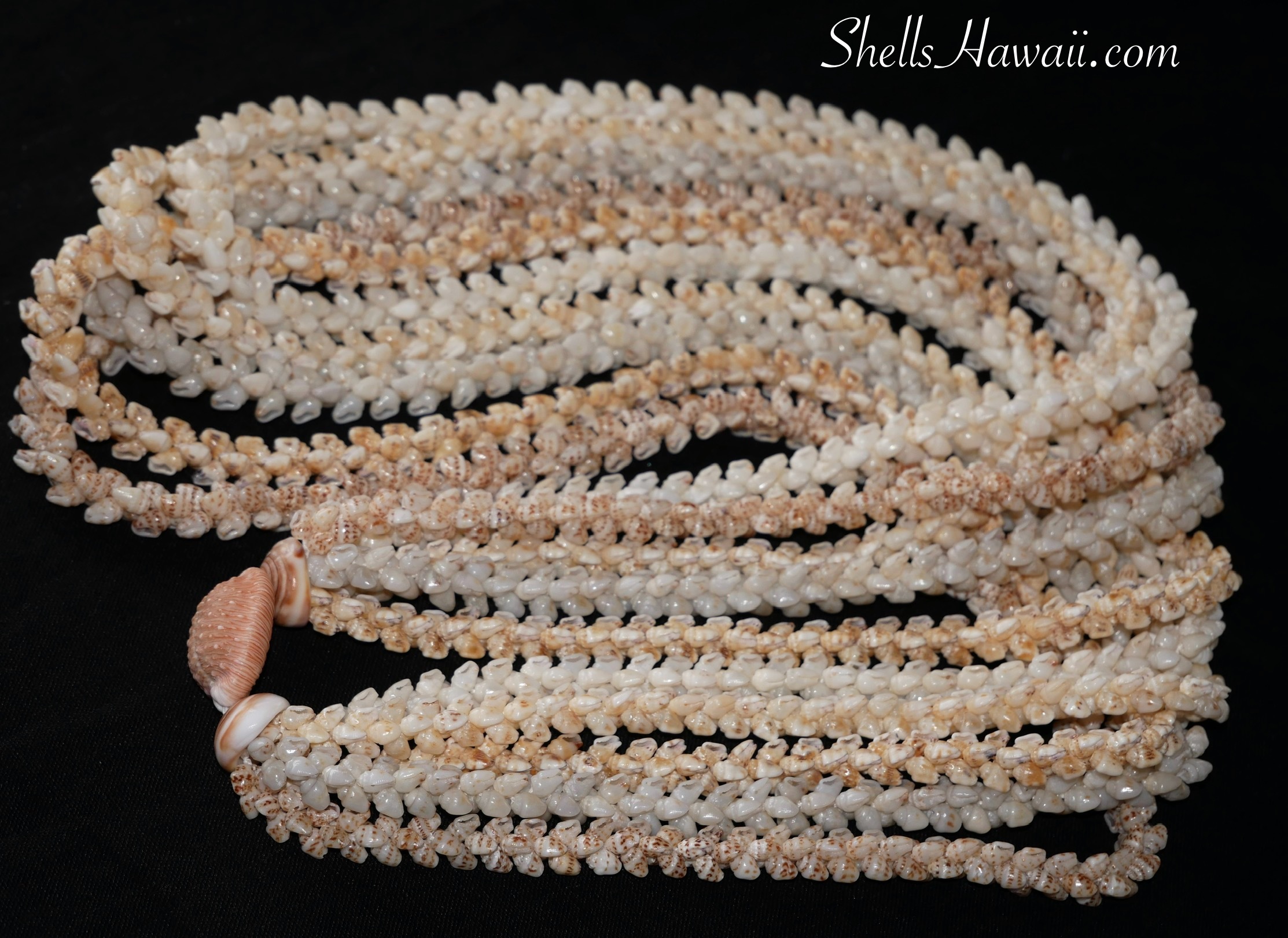
Here are some of my very favorite lei I’ve created over the years using Momi shells. Sometimes I mix them with Kahelelani or other shells for contrast. In future blogs, I’ll share more about these designs — what they mean, how they look, and how they come together.
✨ As I mentioned in Blog 11 for beginners, if you’re just starting your journey into Niʻihau shell jewelry, this is the shell I recommend beginning with. The Momi shells are beautiful, colorful, and full of possibilities. They’re strong and bold, yet soft and flexible — perfect for experimenting with different patterns and finding your own style.
➡️Coming Next:
Now that you’ve met the lovely Momi shells and learned what makes them so special, I hope you’ll stay with me for more to come. In future blogs, I’ll be sharing a 4–6 part series all about the colors of Momi shells — a journey into how each shade forms and what makes them so unique. Together, we’ll discover whether these shells are born in their color or if their tones change as they grow, and we’ll explore the fascinating ways nature paints each one in its own quiet, beautiful way. It’s a story of time, transformation, and the ocean’s artistry — and I can’t wait to share it with you.
Ready to Start Your Momi Shell Journey?
If these beautiful Momi shells have inspired you, explore our earrings or shell kits to begin creating your own Hawaiian treasure — each prepared with aloha and patience, just like the shells themselves.
✨ You May Also Enjoy Reading:
• Beginner’s Guide to Niʻihau Shell Jewelry
• What Are Kahelelani Shells?
• Where Do You Get Your Niʻihau Shells?
• The Vibrance of Life — How Kahelelani Shell Colors Are Formed
❤️With aloha, Janjira
Mahalo for reading and for supporting Hawaiian artisans who continue this beautiful tradition. I hope you find a piece that speaks to your heart.
 JPY
JPY

